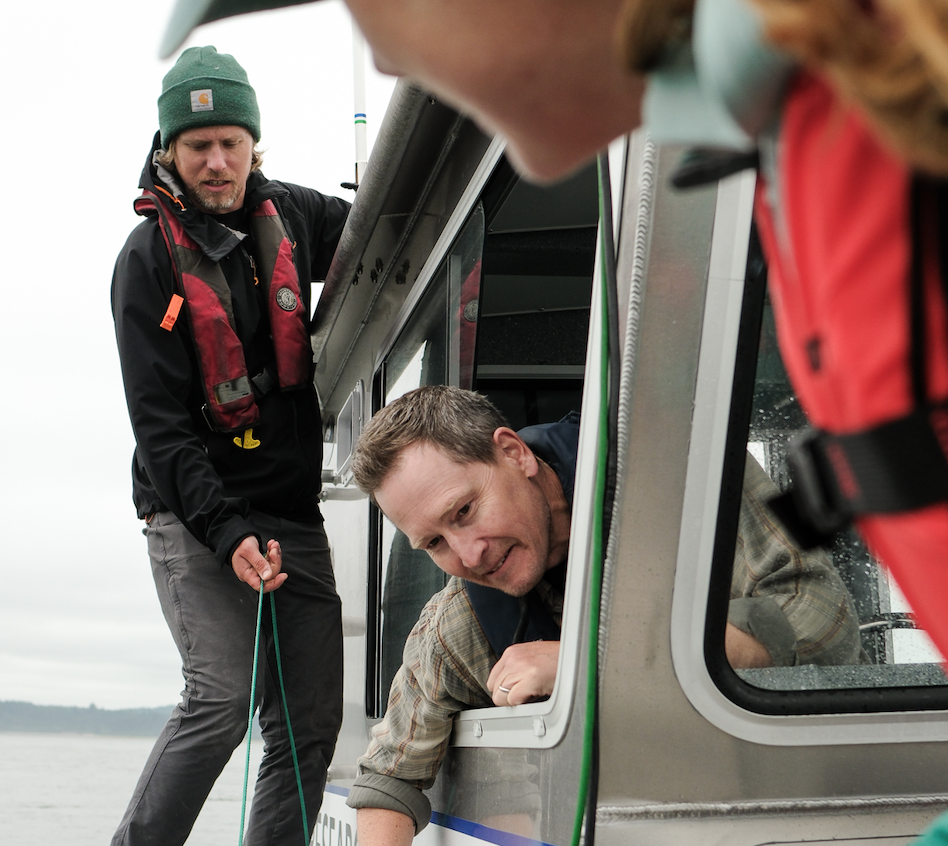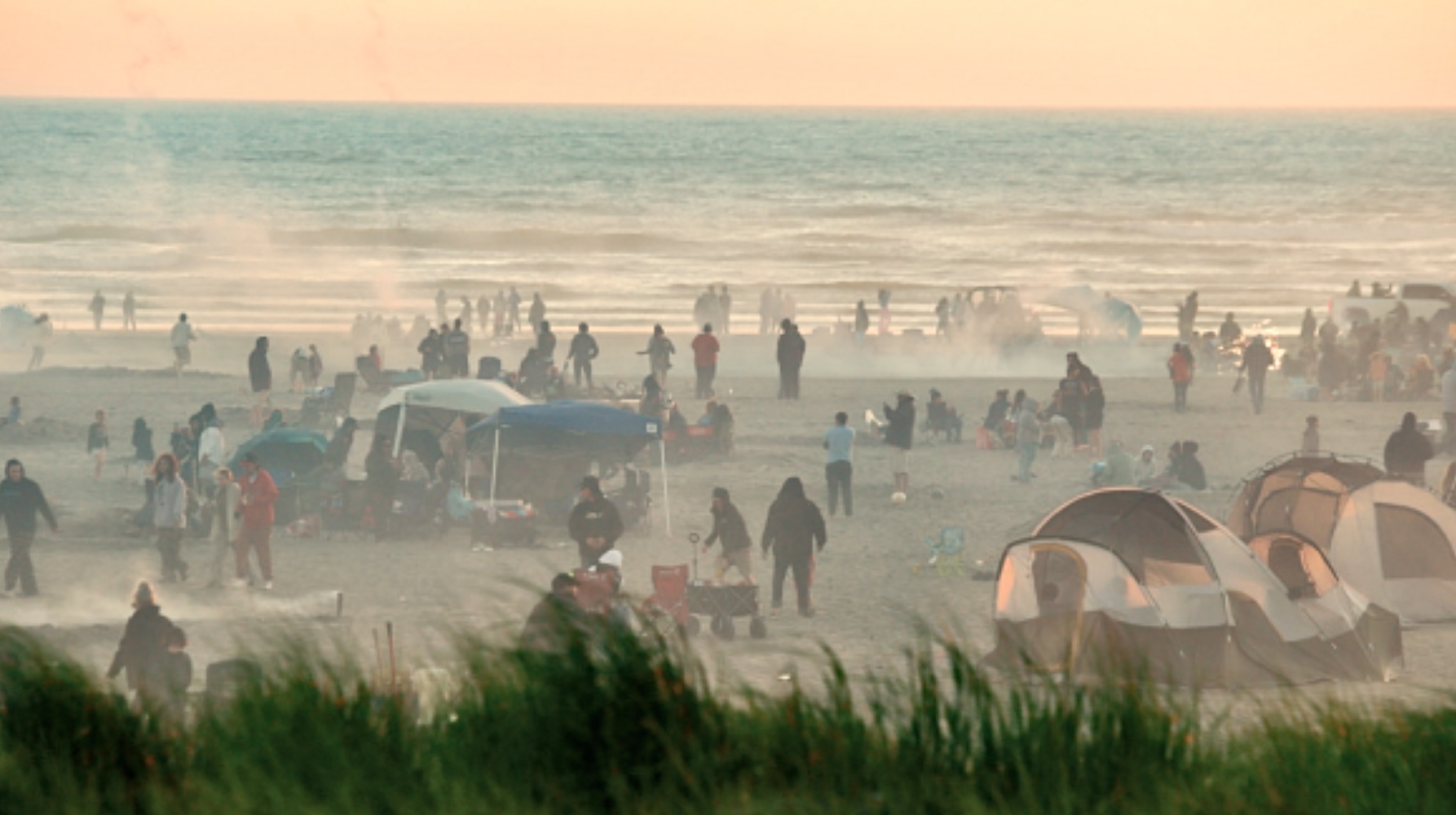Oysterville’s 150th Birthday: Oysterville – A Hard Country
Published 5:00 pm Tuesday, May 25, 2004
Editor’s Note: Sydney Stevens is the great-granddaughter of R.H. Espy who, with his partner I.A. Clark, founded Oysterville in 1854. Members of the Espy family have lived continuously in Oysterville since that time and, through the years, have amassed an interesting collection of anecdotes and memories. We offer them here as a salute to Oysterville’s Sesquicentennial year.
Times were hard in 1859 in Rossville, Staten Island, New York, – “dull” according to John Marshall.
For some years his brother-in-law had been urging Marshall to join him in California, and now he began to think seriously about the proposal. He drew up a power of attorney for his wife, Mary Morgan Marshall, asked for and received a letter of reference from the minister of the Methodist Church, and in early 1860 sailed for San Francisco. He was a carpenter by trade, 43 years old, and, in addition to his wife, he left behind three children, ages 9, 6, and 2.
By the time his ship docked in the city by the Golden Gate, Marshall’s brother-in-law had abandoned his quest for gold and had headed north toward a new mother lode – oysters! The letter he left for Marshall included a map and instructions to meet him in Shoalwater Bay, Washington Territory.
On May 8, 1860, Marshall wrote:
Dear Wife and Children,
I am well. I am in Oysterville, Boarding, paying 6 dollars per week board. John got me a skiff to oyster in, but the people won’t let men work. They have a law to prevent men from working until they have been in this place 6 months. I always thought the United States was a free country until now. Where I will be when you hear from me next I know not now.
“I know that none of you would like it here. No churches and no society and can’t earn no more money here than you can earn at home. But I won’t forget to put my trust in God and pray.”
John Marshall
A few weeks later he wrote:
Mary, it does me good to write your name for it does appear that I am talking to you.
I am getting out timber to build a house for John Morgan. I go in the woods and look for trees suitable for house but can’t find them they are so big. They are from 150 feet to 200 feet high and from 3 feet through to 6 feet and it is so much labor to get them they stand so close together that we can’t hardly get through them. I never saw such woods until I came to this country. Here we can’t see anything else.
People here own claims of 100 acres and 300 and can’t get land enough cleared to raise a few potatoes to eat. They have to ship them it is so hard to clear off the land.
Mary keepe a good hart we will see one another again. Give my love to you all.
I remain your True Husband,
John Marshall
By June 9 Marshall reported that he had $100 to send home, but didn’t know how to send it safely from this place. A few weeks later he wrote:
“This is a hard place. No preaching here. No Sunday School. Oysterville is a strip of land about 200 yards wide and about a mile long. About 25 houses in it. My little wood shop (at) home is a palace to some of the houses here in this place. The best house in this place would cost about $300 home. The houses here are nothing but boards. No wall in them.”
John Marshall stuck it out for two more years and then returned home where, presumably, the economy had improved and he was able to provide for his family in familiar surroundings where life was not quite so “hard.”









